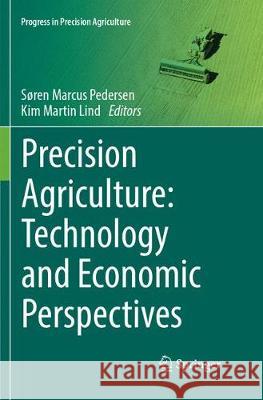Precision Agriculture: Technology and Economic Perspectives » książka
topmenu
Precision Agriculture: Technology and Economic Perspectives
ISBN-13: 9783319886442 / Angielski / Miękka / 2018 / 276 str.
Kategorie:
Kategorie BISAC:
Wydawca:
Springer
Seria wydawnicza:
Język:
Angielski
ISBN-13:
9783319886442
Rok wydania:
2018
Wydanie:
Softcover Repri
Ilość stron:
276
Oprawa:
Miękka
Wolumenów:
01
Dodatkowe informacje:
Glosariusz/słownik











